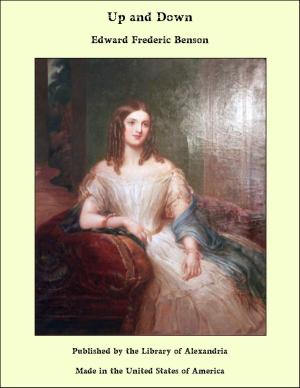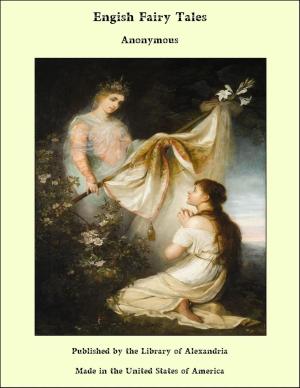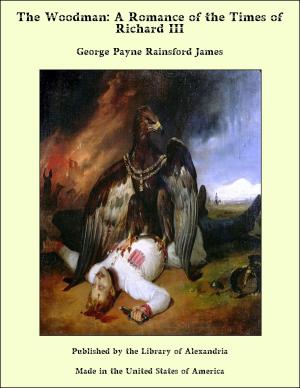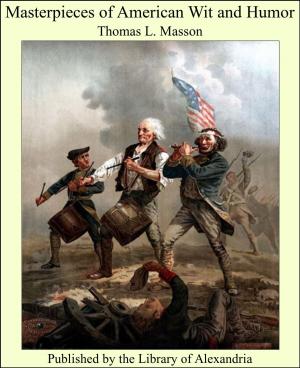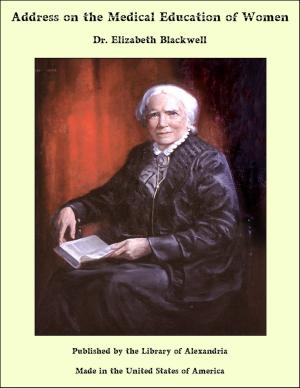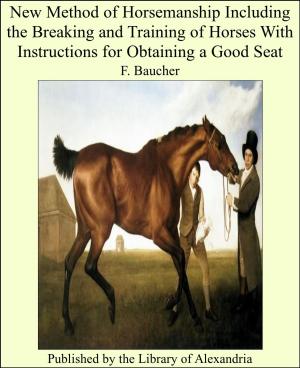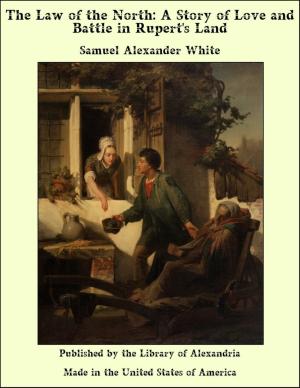The Silver Caves: A Mining Story
Nonfiction, Religion & Spirituality, New Age, History, Fiction & Literature| Author: | Ernest Ingersoll | ISBN: | 9781465622211 |
| Publisher: | Library of Alexandria | Publication: | March 8, 2015 |
| Imprint: | Language: | English |
| Author: | Ernest Ingersoll |
| ISBN: | 9781465622211 |
| Publisher: | Library of Alexandria |
| Publication: | March 8, 2015 |
| Imprint: | |
| Language: | English |
Matters had come to a crisis with Len and Max, when Sandy McKinnon arrived at the camp, with a letter of introduction from a friend in Denver. These two young men had not been at all fortunate, so far, and, like the rest of the community, were sorely discouraged. They had wavered for some days between deserting the place and another alternative, the nature of which they kept to themselves, for they knew that they might not only be laughed at, but perhaps prevented from carrying out their plan, were it announced. The camp I refer to is now a flourishing town, the center of many small side-villages on the northern slope of Sierra San Juan; but twenty-five years ago, when my story occurred, it was at the point of collapse, and perhaps would never have recovered had not what I am about to relate occurred; and you must bear with me while I explain the circumstances that led up to its revival. The beginnings of the town had been made half a dozen miles higher up Panther Creek, almost at its source, in fact; but after digging numberless prospect-holes and driving three fairly long tunnels, everybody voted that locality a failure, and came down to the present town-site where paying mines had since been worked for two or three years. The two young men had become the owners, some time before, of one of these early tunnels (that one nearest the source of the Creek), through taking it as payment of a joint debt because nothing better was to be had. It was called the Last Chance, and the boys accepted the name as significant, and proposed to risk what means they had left in giving the mine a new trial. About 200 feet down stream was a second tunnel, the Aurora, owned by two men who were friendly to our heroes, one of whom, named Bowen, was famous for his reckless yet good-natured exploits of bravado. Some distance still farther down the cañon, on the same side (the right-hand wall of the narrow gulch, looking down stream), was the third old tunnel, the Cardinal. This last was the property of a thorough scallawag, despised and avoided by all respectable citizens, and only kept from being a positive criminal by his natural cowardice. The enmity of this man, whose real name was lost in the nick-names “Old Bob” and “Squint-eye,” had been incurred by the boys through their exposing a fraud by which he had once proposed to sell to a stranger named Anderson, as a productive mine, this very property—the Last Chance—although he neither owned it nor believed it worth anything.
Matters had come to a crisis with Len and Max, when Sandy McKinnon arrived at the camp, with a letter of introduction from a friend in Denver. These two young men had not been at all fortunate, so far, and, like the rest of the community, were sorely discouraged. They had wavered for some days between deserting the place and another alternative, the nature of which they kept to themselves, for they knew that they might not only be laughed at, but perhaps prevented from carrying out their plan, were it announced. The camp I refer to is now a flourishing town, the center of many small side-villages on the northern slope of Sierra San Juan; but twenty-five years ago, when my story occurred, it was at the point of collapse, and perhaps would never have recovered had not what I am about to relate occurred; and you must bear with me while I explain the circumstances that led up to its revival. The beginnings of the town had been made half a dozen miles higher up Panther Creek, almost at its source, in fact; but after digging numberless prospect-holes and driving three fairly long tunnels, everybody voted that locality a failure, and came down to the present town-site where paying mines had since been worked for two or three years. The two young men had become the owners, some time before, of one of these early tunnels (that one nearest the source of the Creek), through taking it as payment of a joint debt because nothing better was to be had. It was called the Last Chance, and the boys accepted the name as significant, and proposed to risk what means they had left in giving the mine a new trial. About 200 feet down stream was a second tunnel, the Aurora, owned by two men who were friendly to our heroes, one of whom, named Bowen, was famous for his reckless yet good-natured exploits of bravado. Some distance still farther down the cañon, on the same side (the right-hand wall of the narrow gulch, looking down stream), was the third old tunnel, the Cardinal. This last was the property of a thorough scallawag, despised and avoided by all respectable citizens, and only kept from being a positive criminal by his natural cowardice. The enmity of this man, whose real name was lost in the nick-names “Old Bob” and “Squint-eye,” had been incurred by the boys through their exposing a fraud by which he had once proposed to sell to a stranger named Anderson, as a productive mine, this very property—the Last Chance—although he neither owned it nor believed it worth anything.



